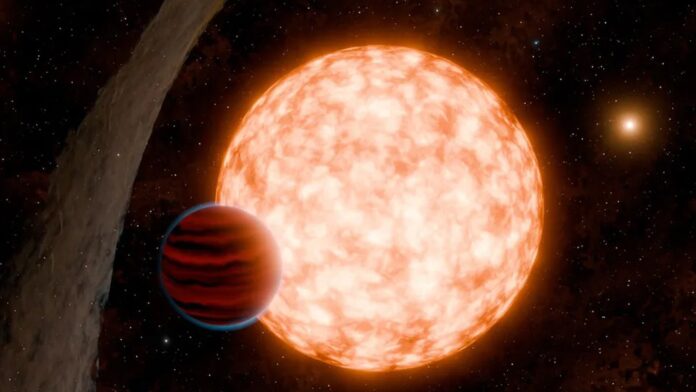If you thought the natural sciences couldn’t get any more complicated, think again! Astronomers have just discovered a new planet, and yes, it’s another name to add to an already complex list of planets. This planet is called IRAS 04125+2902 b, and it is 3 million years old. While that sounds pretty old in planetary years, it’s actually still in the early stages of life. But what’s even cooler is how astronomers found it: they were lucky enough to have a rare chance to see it in action as it passed in front of its star, a phenomenon known as a transit.
Usually, when planets are babies, they are hidden behind thick clouds of space dust and debris. But this planet is special. Its surrounding debris disk is curved in such a way that telescopes such as the Transiting Exoplanet Survey Satellite (TESS) can see it from Earth.
Located about 430 light-years away in a region called the Taurus Molecular Cloud, IRAS 04125+2902 b is in a stellar nursery where new stars and planets are born. The planet itself is still hot from the heat of its formation, and although it is smaller than Jupiter, it is still large enough to be seen as it passes through the surface of its star. This is an incredible discovery because it helps scientists learn more about how planets form and what happens to them in the first few million years of their lives.
The planet is likely to be very different from those we know in our solar system. It could turn into a “mini-Neptune” or even a “super-Earth” – types of planets that are actually quite common in our galaxy, but not in our solar system.
Currently, scientists are still figuring out what caused the deformation of the debris disk around the planet. Some theories suggest that the planet may have moved closer to its star, or perhaps a hidden companion star may have pulled on the disk. Whatever the reason, this discovery gives us a fascinating glimpse into the early stages of planetary life.









